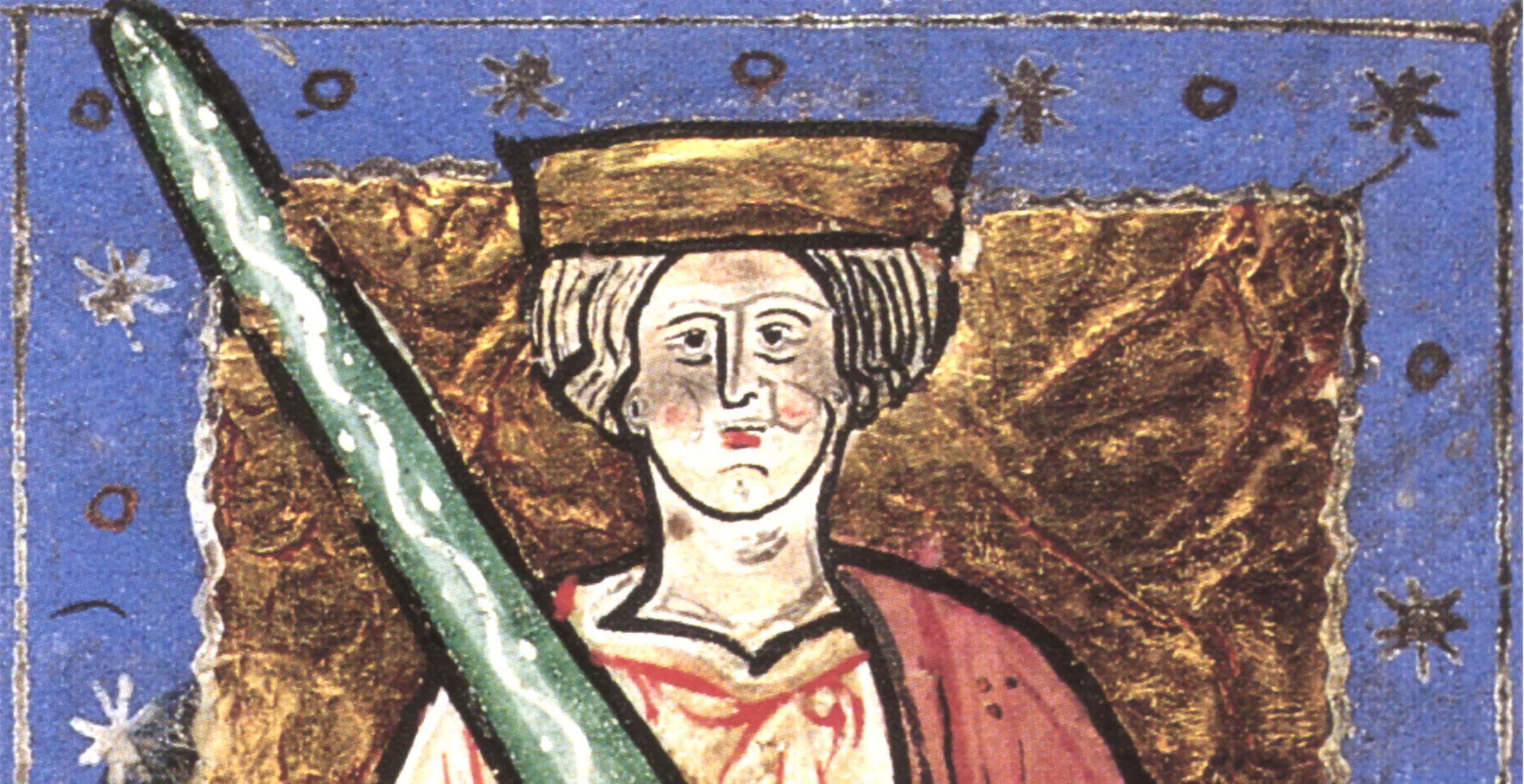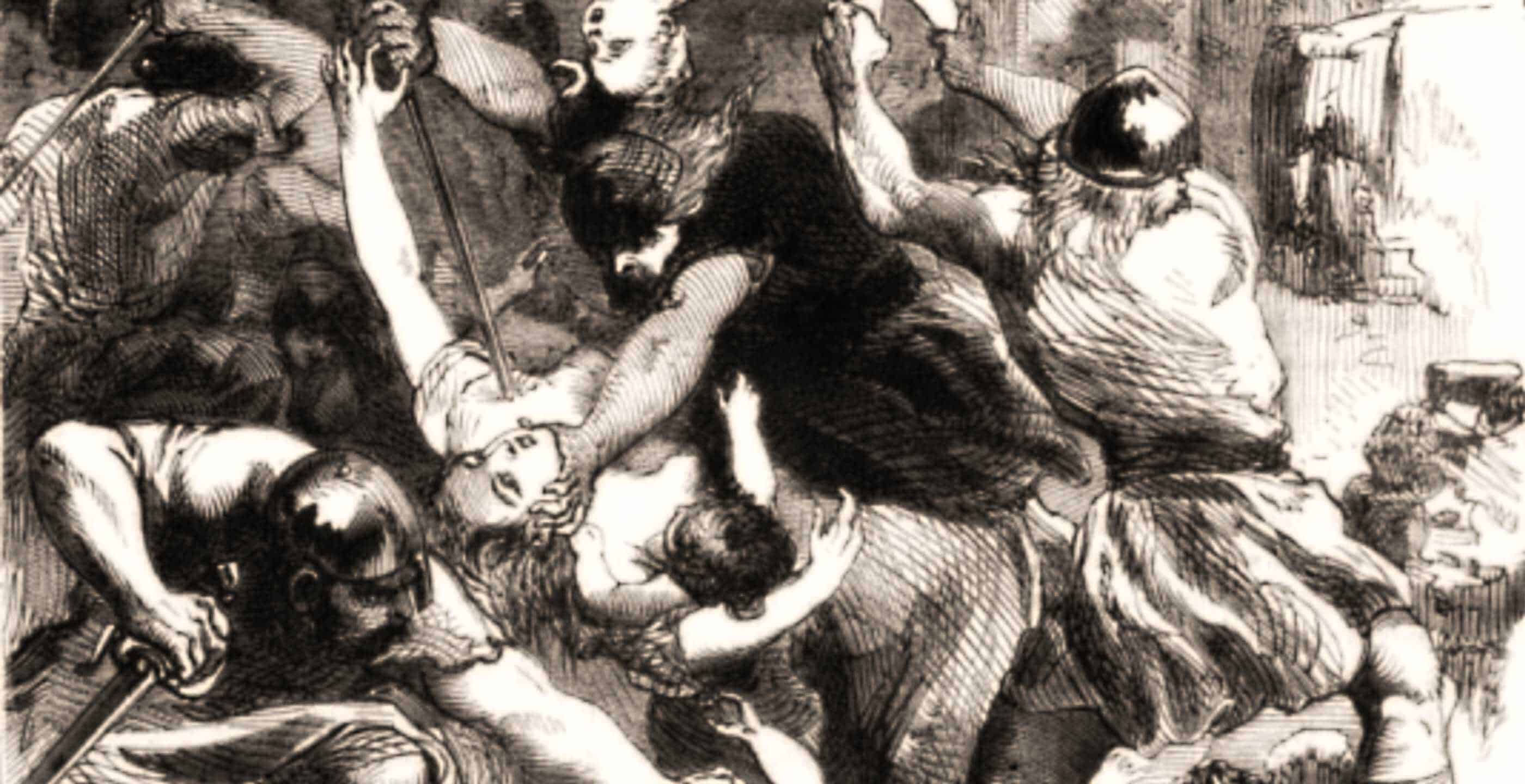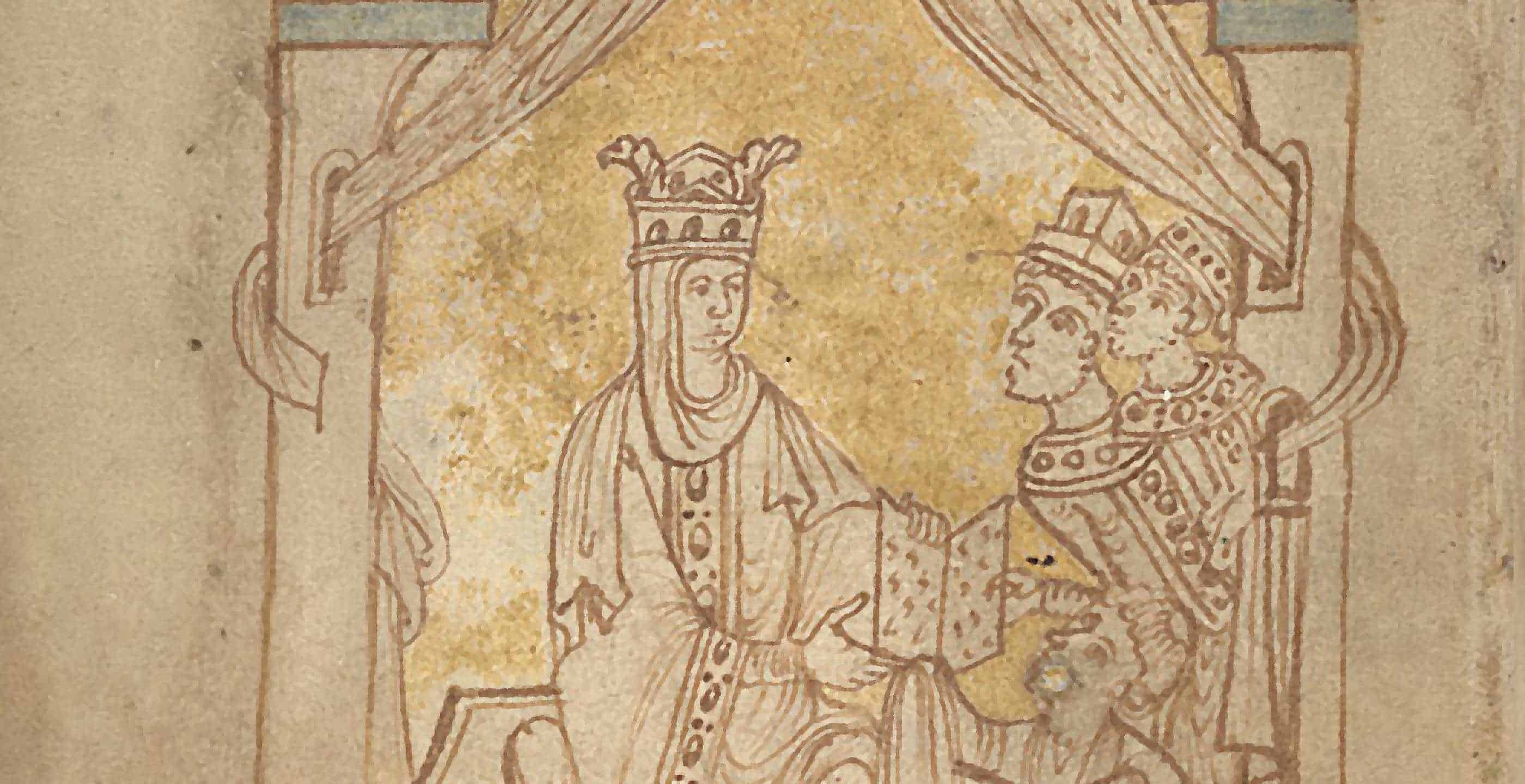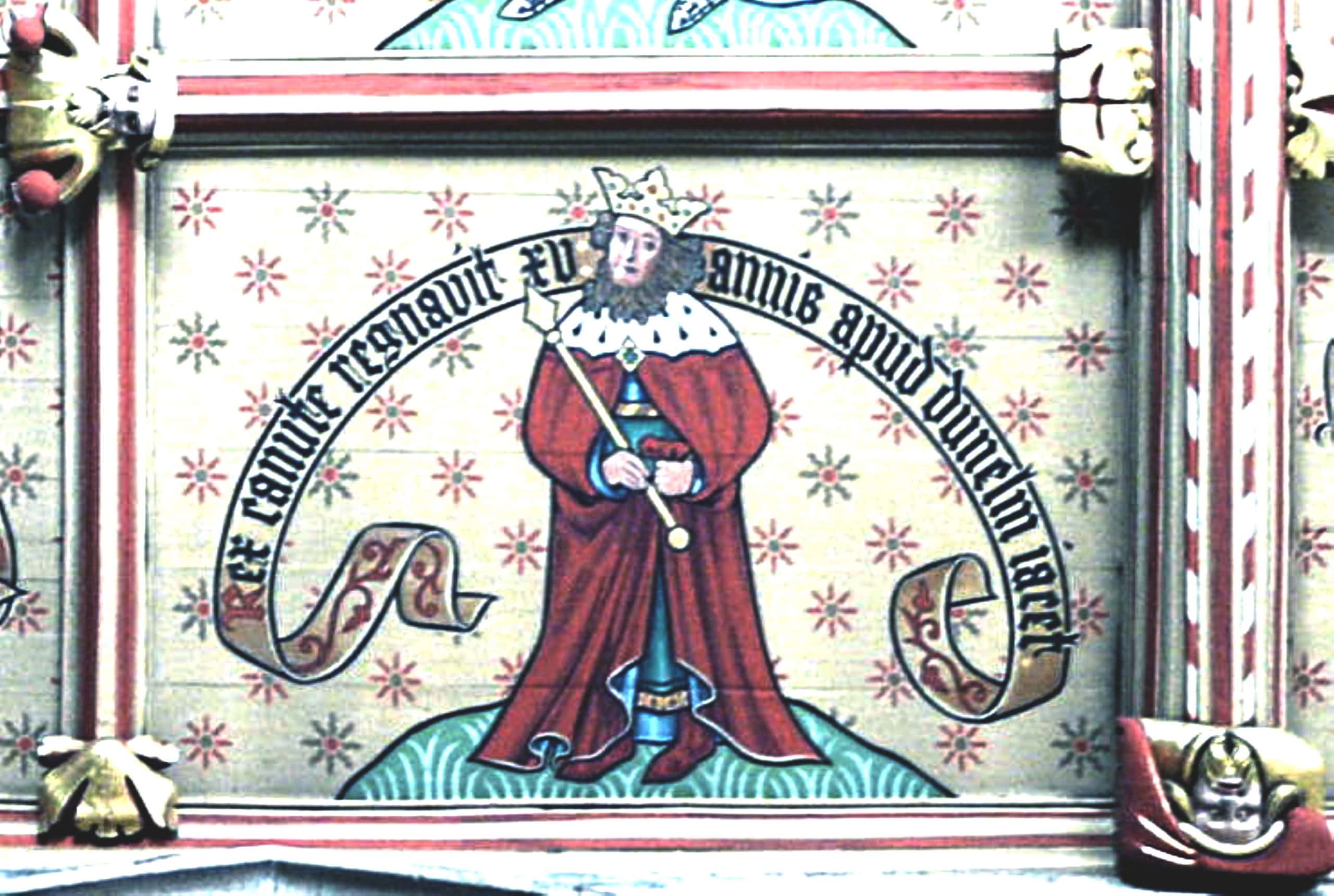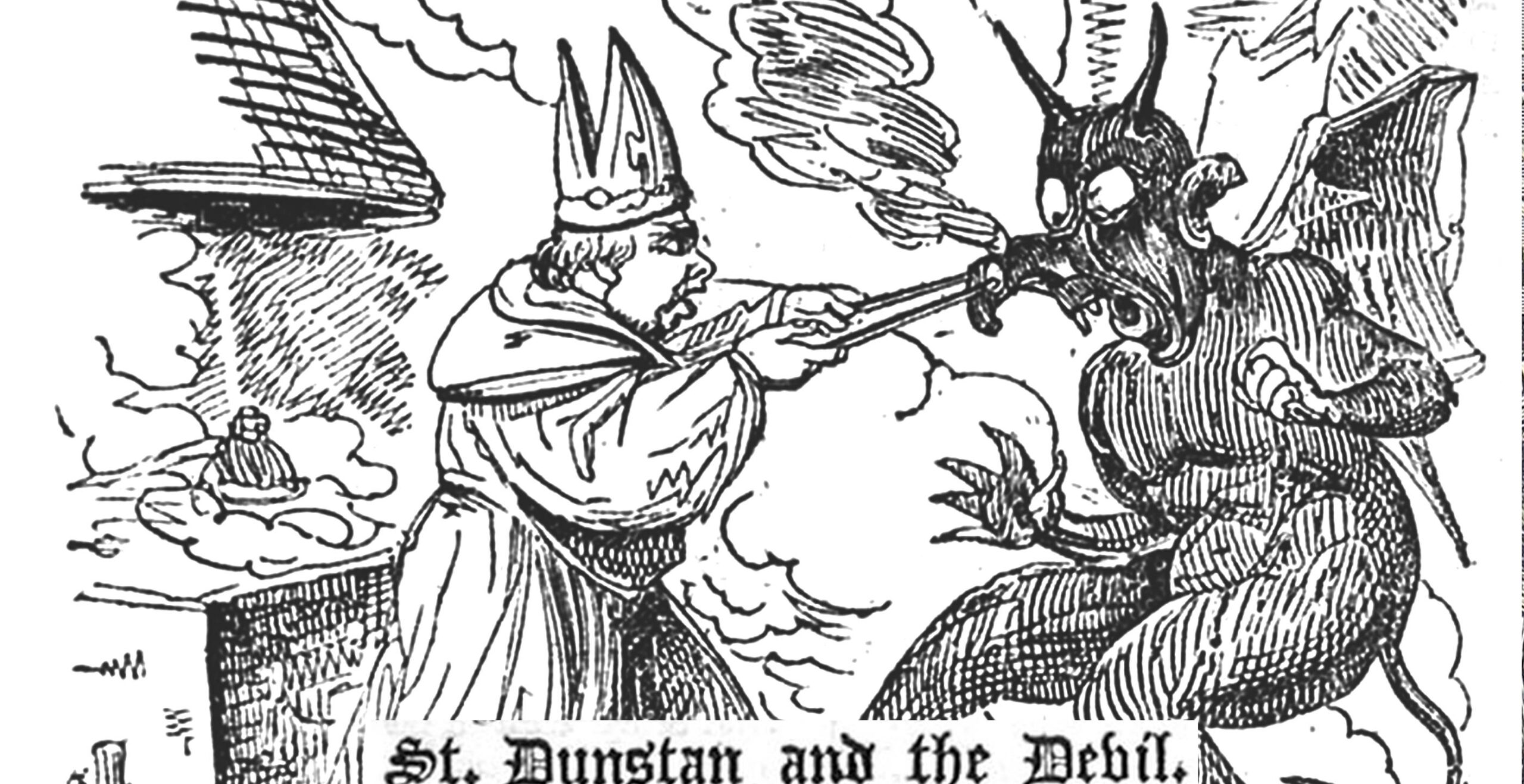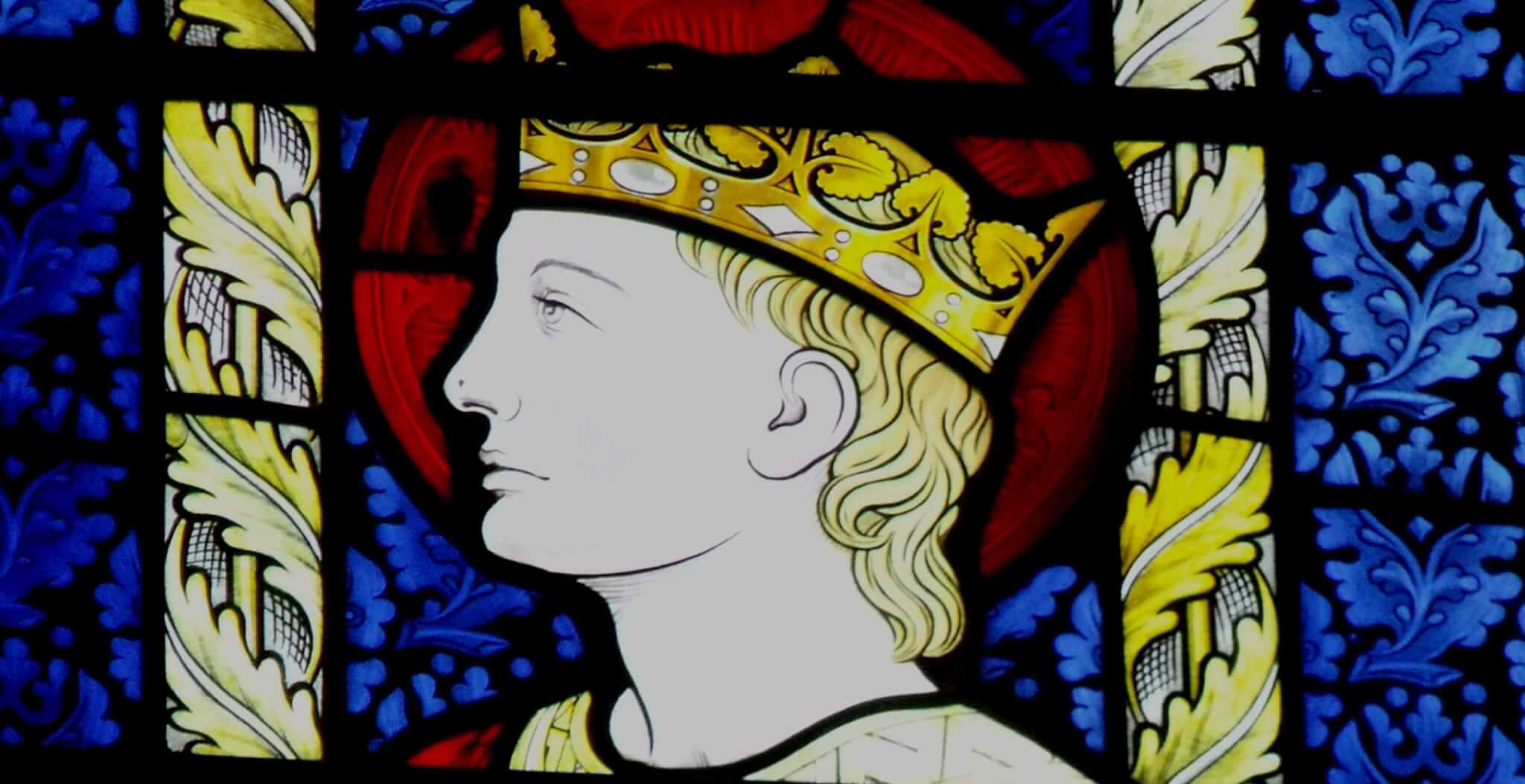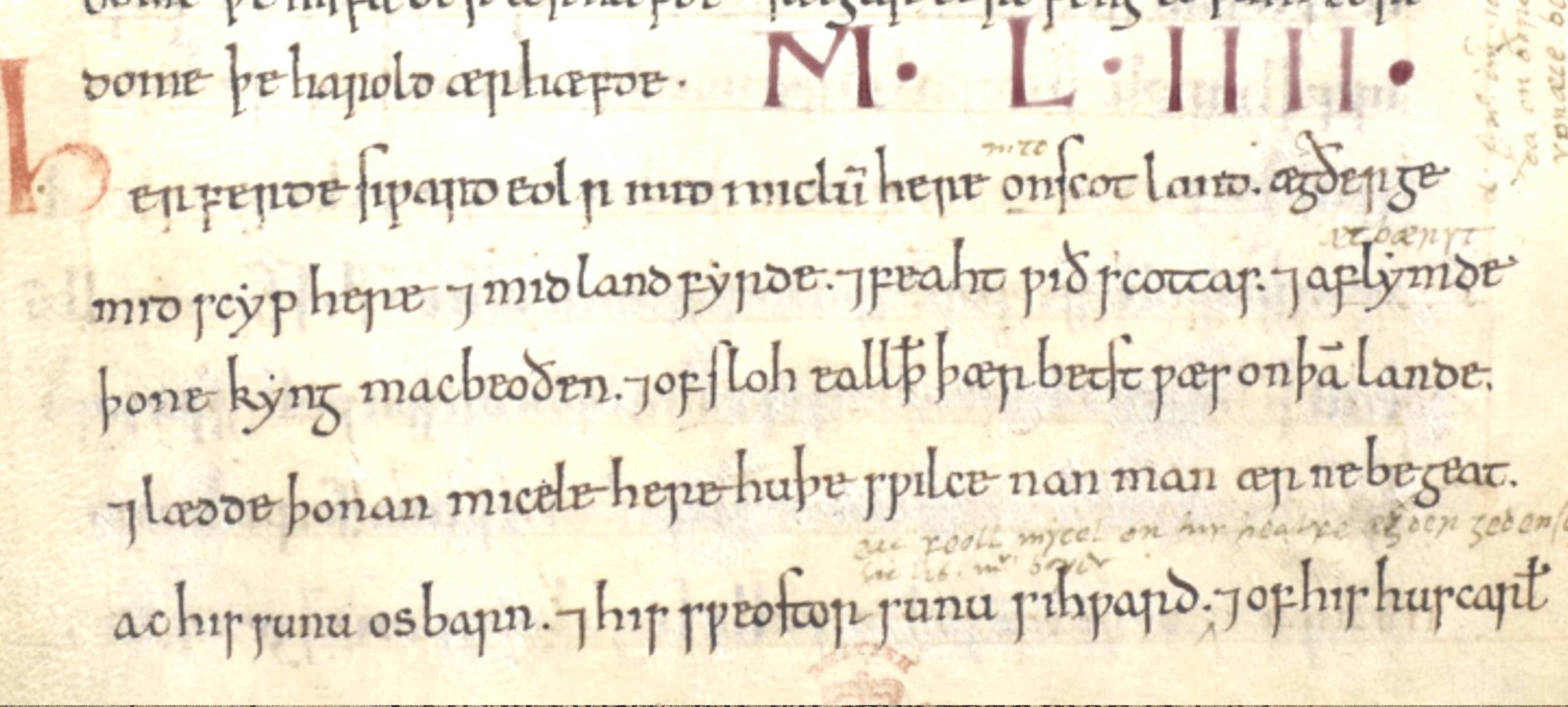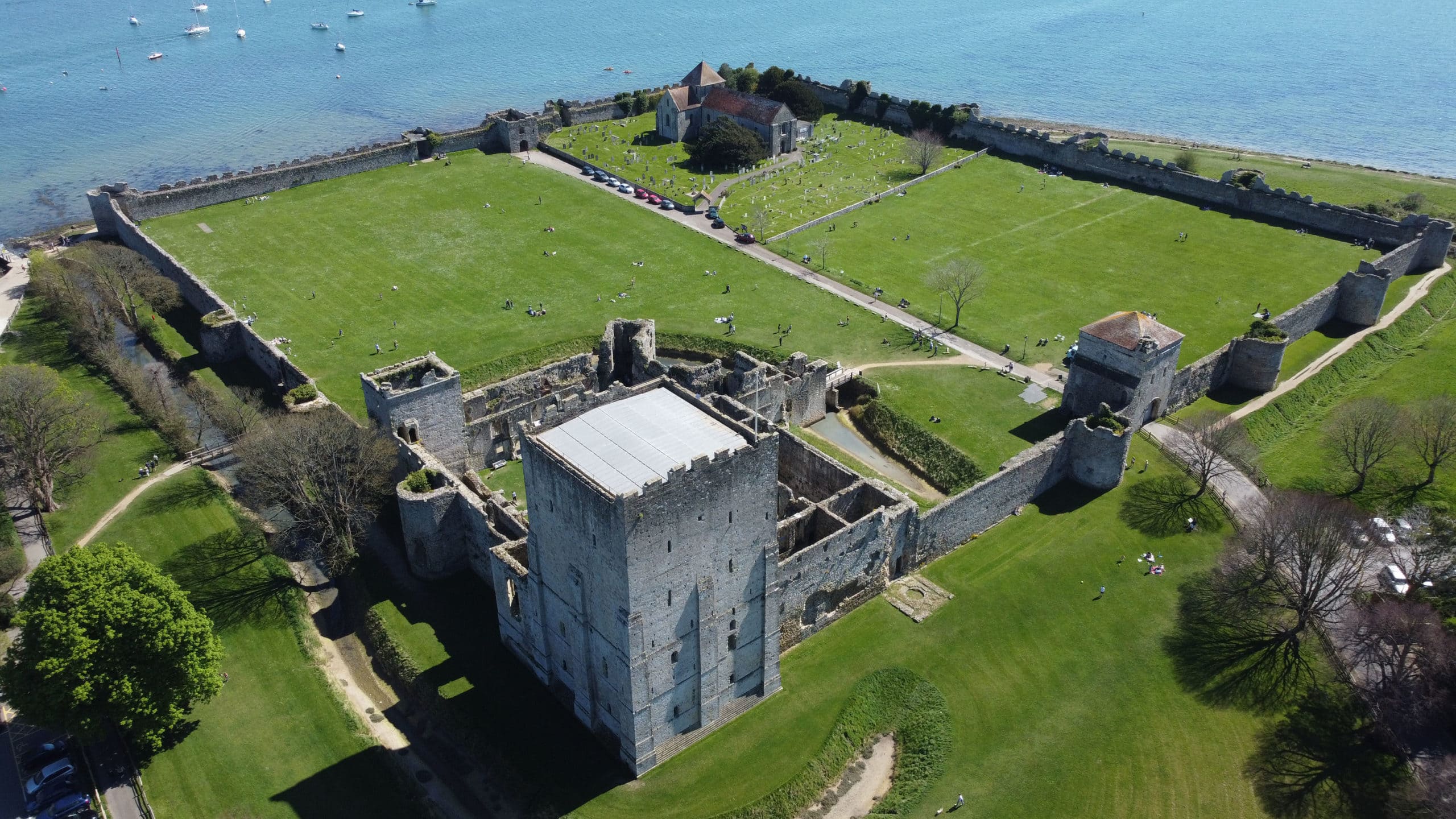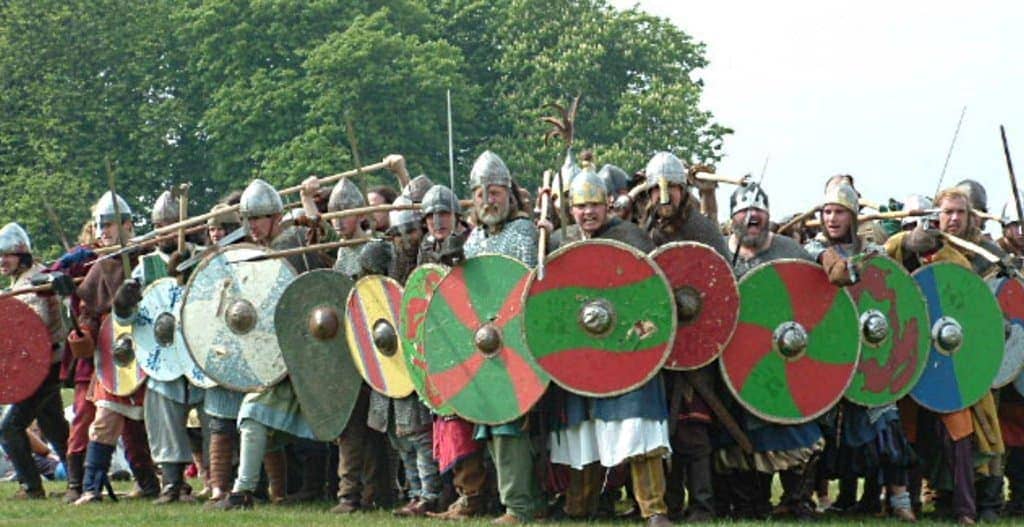King Aethelred the Unready was King of England during a turbulent time of consistent Viking threats to the Anglo-Saxon kingdom culminating in the reign of King Cnut.
To make matters worse, his epithet which originated from a play on the word “unraed” meaning no council, has since allowed him to garner one of the worst reputations of all monarchs, as his name evoked a negative reputation for centuries to come.
Aethelred was the second son of King Edgar the Peaceful and had an older brother, the future King Edward the Martyr, who was believed to be illegitimate.
King Edgar had married Aelfthryth in 964, a woman from a significant family whose father Ordgar, was a powerful ealdorman of Devon. In 966 she gave birth to Aethelred and in time, would prove instrumental in securing Aethelred’s rightful position as future king.

In 975 dramatic events soon created opposing factions within the royal household when King Edgar suddenly passed away leaving his eldest son, Edward, as the new king.
Whilst his succession proceeded, there were some who felt uneasy about his selection and this divided opinion led to increasing support for Aethelred to become king, despite being only ten years of age.
Leading the charge was his mother, who was supported by the Ealdorman of Mercia as well as the Bishop of Winchester. Meanwhile, those who supported Edward’s claim to the throne included the Archbishops of Canterbury and York, the Ealdormen of East Anglia and Essex. As a result, with support from leading members of the clergy and nobility, Edward was able to ascend the throne and he was crowned King of England at Kingston upon Thames in 975.
Sadly for Edward, his reign proved to be not only short but ominous, afflicted by famine, political turmoil and a comet which was viewed by many as an omen. In fact, such suspicions were about to come to fruition when Edward was killed whilst visiting an Anglo-Saxon royal hall that once stood on the site of the current Corfe Castle in Dorset in March 978.
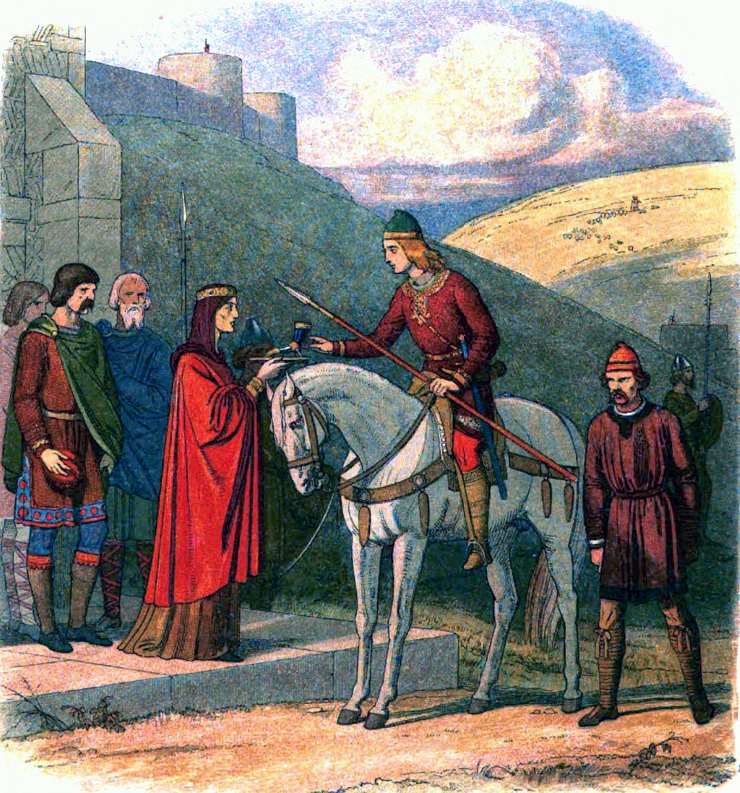
Not long after Edward the Martyr was brutally assassinated by his own family, Aethelred was crowned King of England at Kingston upon Thames shortly after Easter in 978.
Edward’s murder, thought to have been ordered by Aethelred’s mother, Aelfthryth, would pave the way for his younger brother’s kingship. However Aethelred’s own reign beginning with such brutality was about to leave its own ominous mark, especially when an ill omen of a blood red cloud was viewed by many as vengeance for Edward’s death.
Still in his youth, Aethelred’s succession came at a difficult time in English history as he was still only fourteen years of age when Danish forces began to launch continuous attacks on the English coastline. Up and down the country, the counties of Cheshire, Thanet, Hampshire, Cornwall, Devon and Dorset, bore the brunt of Danish expansionism in the early 980s.
Furthermore, these smaller skirmishes would have larger international ramifications with England’s continental neighbours, as England found itself at odds with Normandy, particularly when they offered shelter to the Danes. Such conflicts of interest continued to simmer as those in Normandy, who were themselves descendants of Vikings, had made their feelings clear.
The extent of the hostilities forced Pope John XV to intervene and issue a peace accord in 991.
In the same year, the Danes sailed their fleet to the Essex coastline where Anglo-Saxon forces were dealt a blow when their military leader Byrhtnoth, ealdorman of Essex, was killed defending his land and they were forced to concede defeat at the Battle of Maldon. The events which played out that day would later become the subject of a poem.
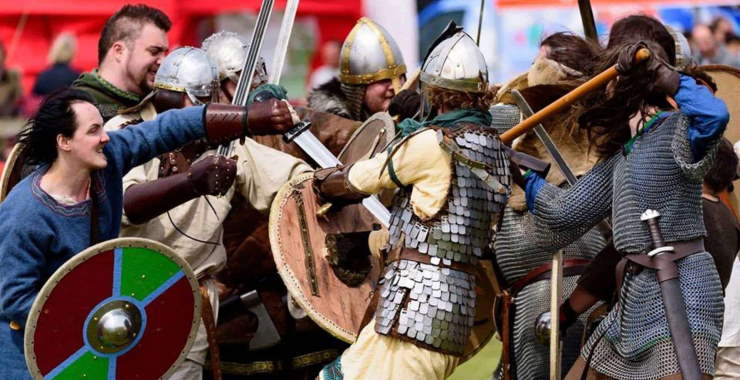
In response to their defeat, young Aethelred was advised by the Archbishop Sigeric and other prominent members of the Witan to pay tribute to the Vikings, which he did. Only time would tell whether this turned out to be enough to curb Danish ambitious for English land.
The tribute which amounted to £10,000 in order to guarantee peace proved ultimately to be unsuccessful as Danish attacks on the English coastline would increase over the coming years.
Only three years later in 994, London found itself under attack from a large Viking fleet headed by Olaf Tryggvason of Norway and Sweyn of Denmark.
Upon their arrival in the Thames estuary, Aethelred was forced once more to meet with the Viking leaders and arrange a settlement in the form of further tribute in order to ensure a lasting peace.
As part of this agreement, it was settled that Olaf would not return to England again and he set off for Norway. Other members of the Viking fighting force however appeared to stay, with some entering the service of Aethelred as mercenaries.
These conditions did not last long as in 997, the same forces which had stayed behind as mercenaries turned again on Aethelred and launched continued raids on Hampshire, Dorset and Sussex.
By 1000 they had chosen to leave England for the safe haven of Normandy, presumably as a result of the king’s refusal to pay them any further Daengeld payments.
Aethelred would at this time, use their departure to regroup before their intentions to invade were made clear yet again, this time only a year later.
In 1001 the Viking forces returned and ravaged the south of England, forcing the English to secure yet another truce for the price of £24,000.
In the meantime, in his personal life, Aethelred, after being married and having numerous children with Aelfgifu, daughter of Thored, earl of Northumbria, he went on to have a second marriage in 1002. His second wife was the daughter of Richard I of Normandy and her name was Emma. They went on to have three children, most famously, the future Edward the Confessor.
In the same year as his marriage, news reached Aethelred of a possible plan by the Danish men living in England to take Anglo-Saxon territory and murder him to seize control.
In response to this, Aethelred gave orders for all Danes living in England to be slain on the 13th November 1002. The day was later known as the St Brice’s Day Massacre, a gruesome day which resulted in a significant loss of life and many victims, one of which was thought to be Gunhilda, the sister of the Viking leader Sweyn Forkbeard.
Unsurprisingly, Aethelred’s decision to purge the country of Danes inevitably lead to reprisals which took place only a year later when Sweyn Forkbeard invaded.
By 1004 Sweyn had made it as far as East Anglia, however a series of setbacks as well as continued tribute payments made by the English in order to stave off attacks, forced the invasion to stall.
After renewed efforts and continued payments which weakened Aethelred’s credibility, in 1013 Forkbeard successfully launched his invasion and bid to take the English Crown.
By the end of the year, English resistance had faltered and Sweyn could declare himself King of England, thus forcing Aethelred into exile in Normandy.
This was not the end of the road for Aethelred as he was able to launch a comeback after the shock death of Sweyn the following year, which enabled Aethelred to wrestle back control and secure the support of the nobility against his new opponent, Sweyn’s son, Cnut.
For the moment, Aethelred had done enough to maintain the support of the Witan and those in power, however the conditions of this support were predicated on his promise to rule more justly and make necessary reforms.
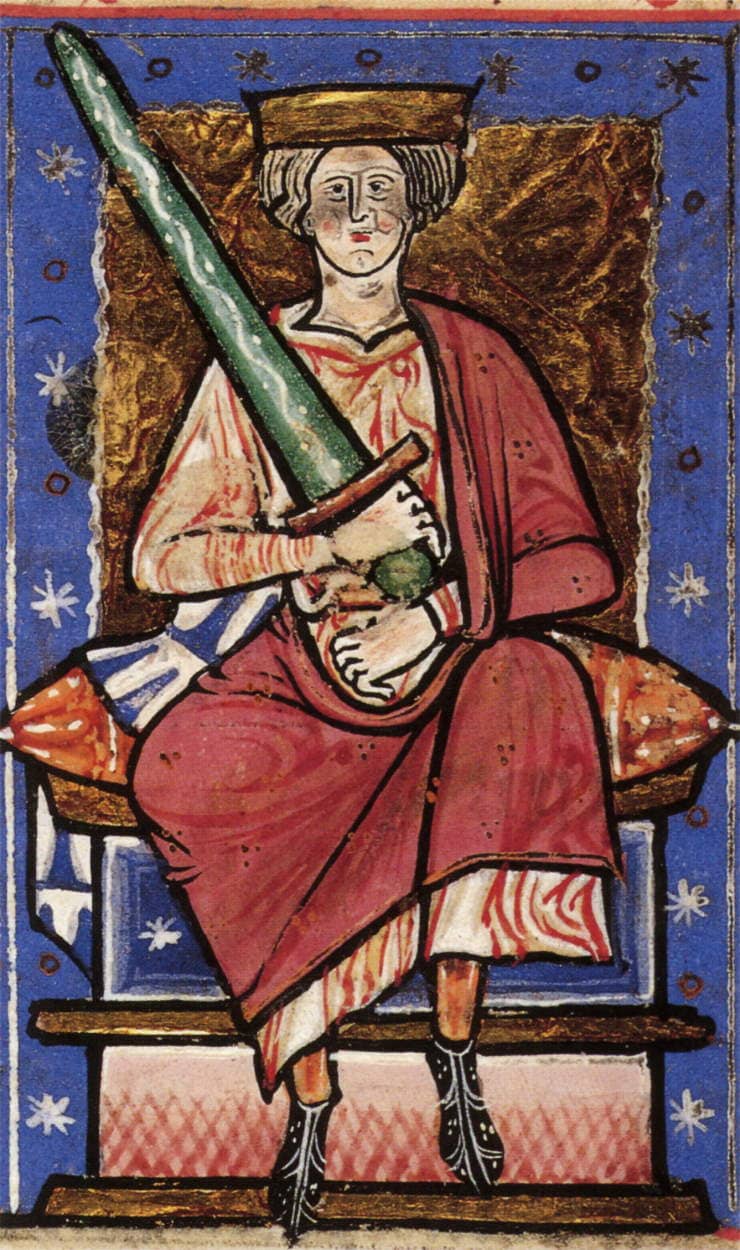
With Aethelred returning to his throne, Cnut was forced to leave and return to Scandinavia where he used the time wisely to regroup and make his own comeback.
In the meantime, Aethelred sought his own revenge on those who had betrayed him, including anyone that had acquiesced to the Vikings.
This process involved murder and seizure of land for anyone believed to be traitors, in particular, the people of the Kingdom of Lindsey (north Lincolnshire), who had supported Cnut.
As part of his revenge, Aethelred ravaged the Danelaw, in the process, isolating his son, Edmund Ironside with his tactics.
His son would subsequently dissent and rebel against him, marrying one of Aethelred’s victims widows and becoming the ruler of the Danelaw.
It was at this moment, with a schism within the royal household, that Cnut made his move and returned to England in August 1015, supported by his Viking fleets.
Over the next few months, the Vikings continued to make progress, whilst the responsibility of Anglo-Saxon resistance fell on Edmund Ironside. Aethelred meanwhile lacked the military might to fight back and languished in ill health.
Whilst Edmund ended his feud with his father in the face of the bigger Viking threat to their land, Aethelred had already reached the end of his time as king.
On 23rd April 1016, amidst continuing battles for control, Aethelred passed away, leaving the fate of his land in the hands of his son.
Jessica Brain is a freelance writer specialising in history. Based in Kent and a lover of all things historical.
Published: 11th August 2022.
